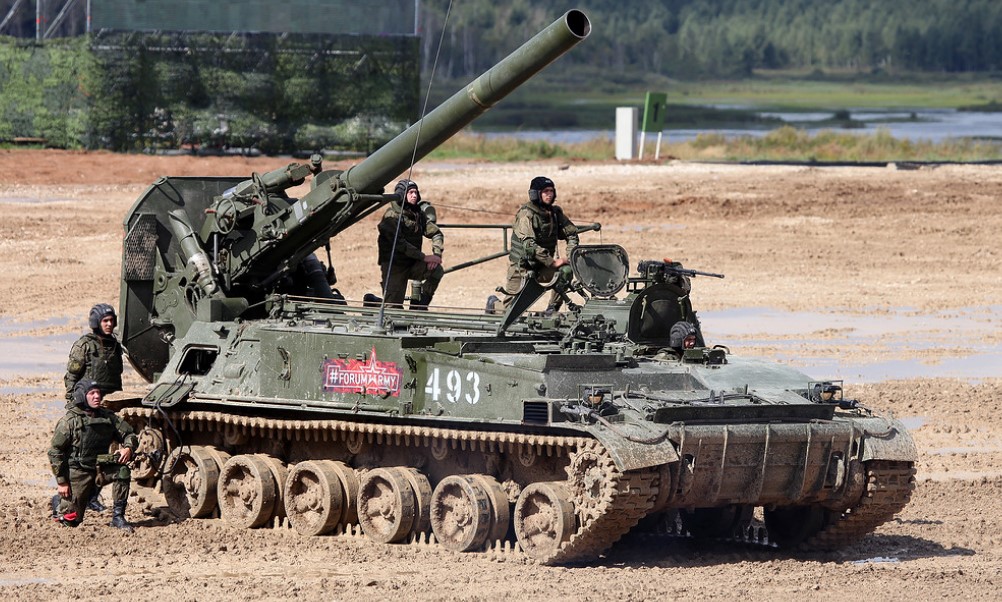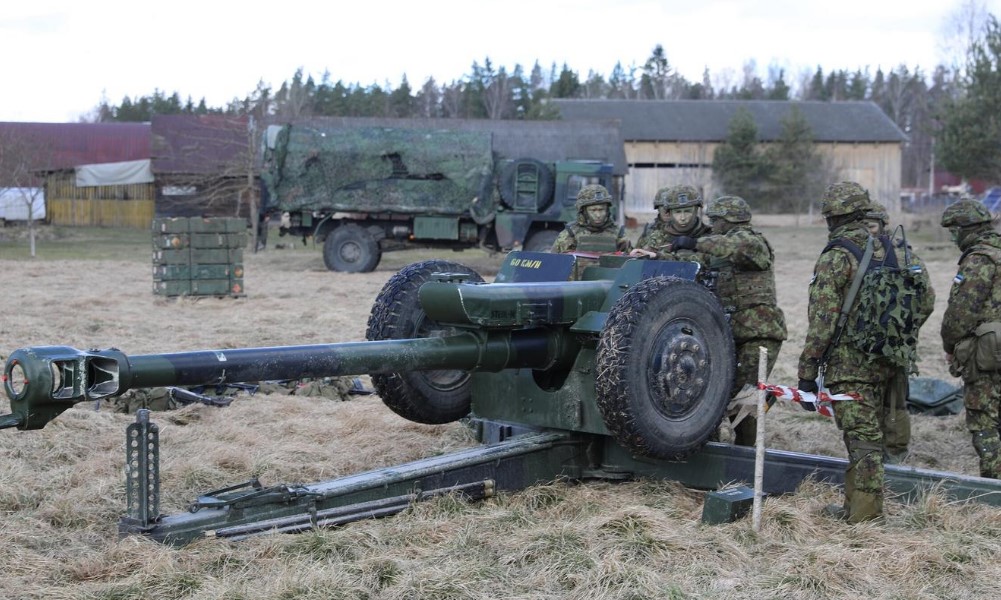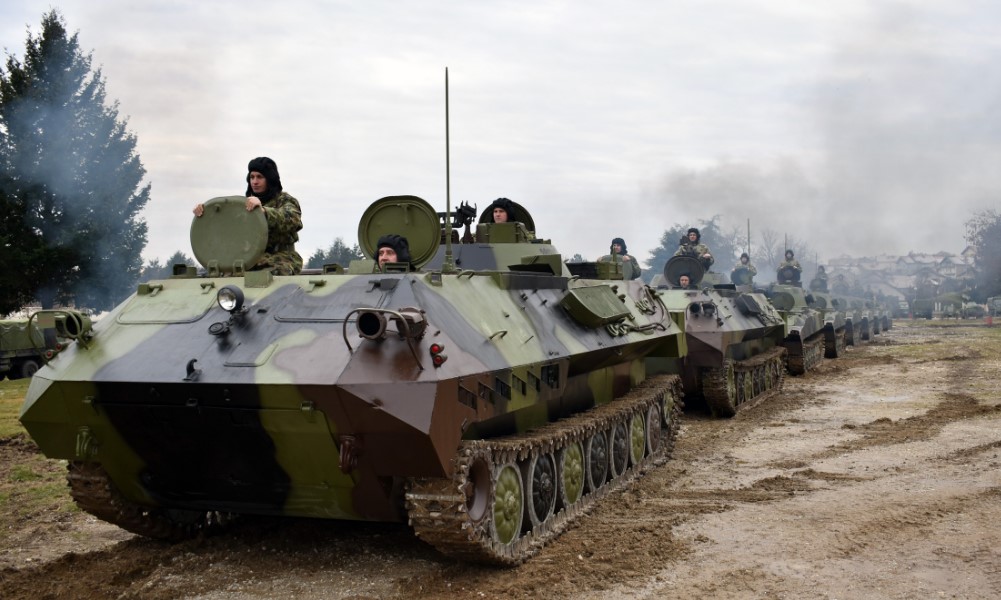The artillery battalion organization plays a critical role in modern military operations by providing indirect fire support to combat forces. This comprehensive guide will dive into the structure of an artillery battalion, the benefits of organizing artillery in such a way, and the specific artillery equipment that makes these units so effective. We will also provide detailed product comparisons, transactional information, and purchasing guidance for some of the world’s most widely used artillery systems.
What is an Artillery Battalion?

An artillery battalion is a military unit composed of several batteries (sub-units) that specialize in delivering firepower using heavy artillery, such as howitzers, mortars, or multiple rocket systems.
The key mission of an artillery battalion is to support ground forces by delivering indirect fire on enemy targets, suppressing, neutralizing, or destroying them.
Artillery battalions are essential components of larger military formations like brigades or divisions and are critical for maintaining a strong offensive or defensive posture on the battlefield.
Key Structural Components of an Artillery Battalion

- Command and Control (C2):
- The Battalion Commander is responsible for the overall operation, including the strategic deployment of artillery resources and coordination with other military units such as infantry and armor.
- Executive Officers assist the commander in managing the battalion’s daily operations.
- Fire Direction Centers (FDCs) calculate firing solutions, translating target data into firing commands for the artillery.
- Fire Support Units:
- Forward Observers (FOs) are on the front lines and provide real-time targeting information back to the FDCs.
- Target Acquisition Units use radar and other sensor systems to locate enemy targets beyond visual range.
- Logistics and Support:
- Ammunition Supply Units ensure that artillery pieces are adequately resupplied with rounds, propellants, and fuzes.
- Maintenance Teams are responsible for the upkeep of artillery systems, ensuring that mechanical issues do not hinder combat readiness.
- Artillery Batteries:
- A battalion consists of several artillery batteries, each specializing in a specific type of weapon system:
- Howitzer Battery (e.g., M777 or PzH 2000)
- Rocket Artillery Battery (e.g., BM-21 Grad)
- Mortar Sections (e.g., self-propelled mortars)
- A battalion consists of several artillery batteries, each specializing in a specific type of weapon system:
The Importance and Benefits of Artillery Battalion Organization

The organization of an artillery battalion provides several key benefits, making it a cornerstone of modern military operations. These benefits are realized through enhanced coordination, precision, and the ability to deliver large volumes of firepower across long distances.
1. Operational Efficiency
The hierarchical structure of an artillery battalion allows for rapid decision-making and efficient communication between different units. By organizing personnel into dedicated roles, such as command, logistics, and fire support, the battalion can respond quickly to dynamic battlefield conditions. The presence of Fire Direction Centers (FDCs) ensures that artillery fire is delivered with precision, avoiding friendly fire incidents and maximizing the effectiveness of each shot.
2. Superior Firepower and Range
Artillery systems like howitzers, rocket launchers, and mortars are designed to provide overwhelming firepower. A well-organized artillery battalion can direct fire from multiple batteries simultaneously, delivering a devastating barrage on enemy positions. Modern artillery systems, such as the PzH 2000, are capable of firing at ranges exceeding 40 kilometers, giving them the ability to engage targets far beyond the reach of infantry or armored units.
3. Flexibility and Mobility
The flexibility of an artillery battalion lies in its ability to deploy different types of artillery depending on the mission requirements. Self-propelled systems like the M109 Paladin offer high mobility and can move with infantry or armored units, providing continuous fire support as the frontline advances. Meanwhile, towed systems like the M777 Howitzer can be quickly airlifted into remote or mountainous regions, where traditional vehicles cannot reach.
4. Cost-Effectiveness
Despite the high initial cost of modern artillery systems, they are cost-effective in the long term due to their durability, multi-use functionality, and ability to deliver results with minimal manpower. For example, a single M777 Howitzer can cover a wide area with fewer rounds due to its accuracy, reducing the need for more units.
Real-World Examples of Artillery Systems
To provide a deeper understanding of how artillery systems work in an organized battalion, here are five real-world examples of popular artillery systems, their features, and the roles they play in combat scenarios.
1. M777 Howitzer
The M777 Howitzer is a lightweight 155mm towed artillery piece known for its versatility and mobility. It is used by the U.S. Army and Marine Corps as well as other allied forces. It is especially valued for its ability to be airlifted by helicopters into remote areas where other artillery cannot easily reach.
- Key Features:
- Uses GPS-guided Excalibur shells for enhanced accuracy.
- Weighs only 4,200 kg, making it highly portable.
- Maximum firing range of 30 kilometers (18.6 miles).
- Advantages:
- Exceptional mobility in difficult terrains.
- Precision targeting with guided munitions.
- Disadvantages:
- Vulnerable to counter-battery fire due to the lack of armor.
- Use Case: The M777 is ideal for mountain warfare and rapid deployment scenarios where heavy artillery needs to be transported quickly to remote locations.
- Price: Approx. $2.5 million per unit.
- Where to Buy: Available through military contracts with defense companies like BAE Systems.
2. PzH 2000
The PzH 2000 is a German-made 155mm self-propelled howitzer known for its advanced automation and long-range capabilities. It is widely regarded as one of the most advanced artillery systems in the world.
- Key Features:
- Fully automatic loading system for rapid firing (up to 10 rounds per minute).
- Maximum range of 40 kilometers with extended-range munitions.
- Fully armored, providing protection to the crew during combat.
- Advantages:
- High rate of fire and superior range.
- Armored protection ensures crew safety in hostile environments.
- Disadvantages:
- High operational and maintenance costs.
- Use Case: The PzH 2000 excels in high-intensity combat situations where continuous, long-range fire support is required to suppress enemy forces.
- Price: Approx. $4 million per unit.
- Where to Buy: Available through Krauss-Maffei Wegmann (KMW) and other major defense contractors.
3. BM-21 Grad
The BM-21 Grad is a Soviet-designed 122mm multiple rocket launcher system, designed for delivering saturation fire over large areas. It remains one of the most widely used artillery systems in the world due to its simplicity and effectiveness.
- Key Features:
- 40 launch tubes, capable of firing 122mm rockets.
- Maximum range of 20 kilometers (12.4 miles).
- Simple design with minimal maintenance requirements.
- Advantages:
- Capable of delivering large volumes of fire in a short amount of time.
- Low maintenance and operational costs.
- Disadvantages:
- Less accurate compared to howitzers using GPS-guided munitions.
- Use Case: The BM-21 is ideal for area denial and saturation bombardment, where precision is less critical but overwhelming firepower is necessary.
- Price: Approx. $1 million per unit.
- Where to Buy: Available through Russian defense exporters and licensed international vendors.
4. M109 Paladin
The M109 Paladin is an American-made 155mm self-propelled howitzer that offers excellent mobility and firepower in a highly automated package. It is widely used by U.S. military forces and several allied nations.
- Key Features:
- Automated fire control system.
- Maximum range of 24 kilometers (14.9 miles).
- Self-propelled with a fully armored hull for crew protection.
- Advantages:
- High mobility, making it ideal for rapidly shifting frontlines.
- Automated systems reduce the crew’s workload and increase firing efficiency.
- Disadvantages:
- Shorter range compared to newer artillery systems like the PzH 2000.
- Use Case: The M109 is perfect for combined arms operations, where artillery must move alongside infantry and armored units to provide continuous fire support.
- Price: Approx. $3 million per unit.
- Where to Buy: Available through BAE Systems and other major military contractors.
5. Caesar Howitzer
The Caesar Howitzer is a 155mm self-propelled howitzer designed by France’s Nexter Systems. It is unique due to its wheeled chassis, providing high mobility while maintaining powerful artillery capabilities.
- Key Features:
- Mounted on a 6×6 truck chassis for high mobility.
- Maximum range of 38 kilometers (23.6 miles).
- GPS-guided shell compatibility for precision targeting.
- Advantages:
- High mobility allows for rapid redeployment in dynamic combat scenarios.
- Precision targeting with advanced munitions.
- Disadvantages:
- Limited armor protection compared to fully enclosed self-propelled systems.
- Use Case: The Caesar is well-suited for quick-strike operations, where artillery must move in and out of positions rapidly to avoid counter-battery fire.
- Price: Approx. $5 million per unit.
- Where to Buy: Available through Nexter Systems and licensed international dealers.
Comparison Table: Artillery Systems
| Artillery System | Range | Mobility | Firepower | Price | Advantages | Disadvantages |
|---|---|---|---|---|---|---|
| M777 Howitzer | 30 km | Towed | High | $2.5M | Lightweight, accurate | Limited mobility |
| PzH 2000 | 40 km | Self-propelled | Very High | $4M | Armored, mobile | Expensive |
| BM-21 Grad | 20 km | Mobile | Moderate | $1M | Saturation fire | Less precise |
| M109 Paladin | 24 km | Self-propelled | High | $3M | Automated, mobile | Shorter range |
| Caesar Howitzer | 38 km | Highly mobile | Very High | $5M | Precision, mobility | Limited protection |
Transactional Information: Where and How to Buy Artillery Systems
Purchasing military-grade artillery systems requires working through government-approved defense contractors and involves detailed contracts and agreements. The price of these systems includes not only the hardware but also services like crew training, maintenance support, and ammunition procurement.
How to Buy Artillery Systems:
- Identify Needs: Determine the specific operational requirements for your forces, including the type of terrain, expected combat scenarios, and mobility needs.
- Reach Out to Manufacturers: Major defense contractors like BAE Systems, Krauss-Maffei Wegmann (KMW), and Nexter Systems provide artillery systems globally.
- Negotiate Contracts: Contract negotiations cover not only the price but also logistics, ammunition supply, training programs, and maintenance agreements.
- Finalize the Purchase: Once the contract is signed, logistics for delivery, crew training, and spare parts procurement must be arranged.
Pricing Overview:
- M777 Howitzer: $2.5 million per unit
- PzH 2000: $4 million per unit
- BM-21 Grad: $1 million per unit
- M109 Paladin: $3 million per unit
- Caesar Howitzer: $5 million per unit
These prices can fluctuate based on configuration options, ammunition packages, and long-term support agreements.
Use Cases: Why Should You Use These Artillery Systems?
1. Mountain Warfare and Remote Operations:
The M777 Howitzer is perfect for military units operating in rugged, mountainous terrain or other remote areas. Its lightweight design allows for easy air transport, and its precision targeting ensures that even small targets in difficult terrains can be engaged effectively.
2. High-Intensity Combat:
In high-intensity combat zones, such as urban areas or contested frontlines, the PzH 2000 offers the protection and firepower needed to sustain prolonged combat operations. Its high rate of fire and long range allow it to engage enemies from a safe distance while maintaining mobility.
3. Rapid Fire Support:
When overwhelming enemy positions with massive firepower is critical, the BM-21 Grad excels. Its ability to fire 40 rockets in quick succession makes it a powerful tool for area suppression and denial of movement.
Frequently Asked Questions (FAQs)
- What is the primary purpose of an artillery battalion?
- An artillery battalion provides heavy firepower to support infantry and armored units in combat. It plays a crucial role in both offensive and defensive operations.
- Which artillery system offers the best combination of range and mobility?
- The Caesar Howitzer offers an excellent combination of range (38 km) and mobility, thanks to its wheeled chassis.
- How accurate are modern artillery systems?
- Many modern artillery systems, such as the M777 Howitzer and PzH 2000, use GPS-guided shells, allowing for precise targeting even at long ranges.
- Can these systems be easily maintained in the field?
- Yes, most modern artillery systems come with built-in diagnostic tools and easy-access maintenance points, ensuring they can be serviced quickly, even in harsh conditions.
- Where can I purchase these artillery systems?
- Artillery systems like the M777 Howitzer and PzH 2000 can be purchased through defense contractors such as BAE Systems, KMW, and Nexter Systems.